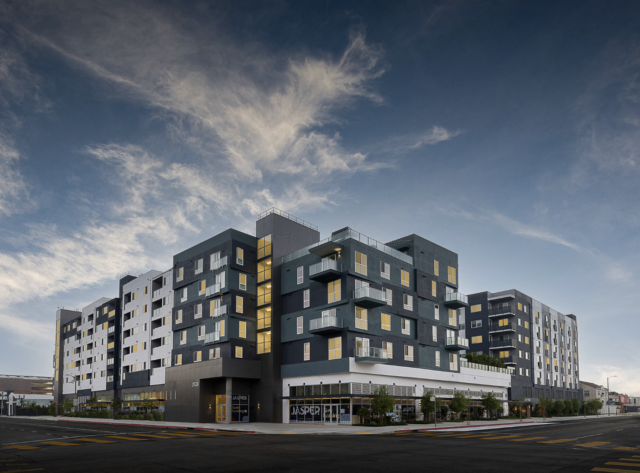As multifamily investors, one of the first things we track is rent growth. It tells you everything about supply, demand, and the health of a market. According to new data from CoStar and Apartments.com, U.S. rents saw their sharpest October decline in more than 15 years. That is not something you see often, and it is a clear signal that the oversupply issue I have been talking about for two years is now hitting the national numbers.
Here is what is happening, why it is happening, and how I believe investors should think about the next 18 to 24 months.
Rent Growth Is Slowing Nationwide
The national average rent fell to $1,708 last month. That is a drop of 0.3 percent from September and marks the fourth straight month where rents were flat or negative. In fact, three of the five largest monthly rent declines in the last 15 years happened in August, September, and October of this year.
Rent growth usually follows a seasonal pattern. Rents rise in the spring and early summer, then soften in late summer and fall. Since 2022, record levels of new supply have turned that normal seasonal slowdown into actual price declines each fall.
Annual rent growth is now sitting at 0.8 percent nationwide. At the start of the year, it was almost double that at 1.5 percent. That is the impact of supply outpacing demand.
Oversupply Is Still the Key Driver
A lot of markets have already moved past peak construction, but the hangover from those heavy development pipelines is still here. There are simply too many new units delivering at once, and it will take time for demand to catch up.
Every U.S. region posted a rent decline in October.
Month-over-month changes:
-
West: down 0.53 percent
-
South: down 0.28 percent
-
Northeast: down 0.24 percent
-
Midwest: down 0.18 percent
On the annual side, the Midwest is actually the strongest performer in the country with 2.2 percent rent growth. The Northeast is next at 1.8 percent. The South is flat year over year, and the West is down 1.4 percent.
This is exactly why understanding supply pipelines is so important. Markets like the Mountain West and the Sun Belt are still absorbing aggressive new supply. When vacancies rise, rents soften. That is what we are seeing right now.

Which Cities Are Seeing the Biggest Drops
Some metros are being hit much harder because their supply pipelines got ahead of themselves.
Largest monthly rent declines:
-
Denver: down 1.3 percent
-
Austin: down 1.1 percent
-
Seattle: down 0.9 percent
-
Salt Lake City: down 0.8 percent
-
Phoenix: down 0.8 percent
In Seattle, tech job cuts are adding to the pressure. In Austin, Denver, and parts of the Sun Belt, it is simply a case of too many units chasing the same renters.
On the flip side, a few markets are holding up exceptionally well on an annual basis.
Strongest annual rent growth:
-
San Francisco: up 5.8 percent
-
San Jose: up 3.8 percent
-
Chicago: up 3.6 percent
-
Norfolk: up 3 percent
Demand is steady in these markets, and importantly, supply growth has been much more disciplined.
When Will the Market Tighten Again
According to CoStar, the fourth quarter of 2025 is expected to be the first time since late 2021 that renters will occupy more units than developers add to supply. In other words, demand will finally start outpacing new deliveries.
If that happens on schedule, overall vacancy should start declining in 2026. At the same time, the construction pipeline is shrinking because higher interest rates have made new development far less feasible.
For investors, this means two things.
First, cash flow may be tighter through 2025 in oversupplied markets. You need to be conservative with your underwriting and avoid deals that rely on aggressive rent growth assumptions.
Second, this period will create opportunities. When supply peaks and vacancies rise, weaker operators struggle. That is where the best value-add deals are usually found. If you know how to operate well, attract tenants, and control expenses, you can position yourself ahead of the next tightening cycle.
Final Thoughts
What we are seeing now is the natural cycle of multifamily real estate. Developers overbuild. Rents soften. Construction slows. Vacancies eventually tighten. Rents rise again.
Smart investors do not panic in these moments. We prepare. We stay liquid. We look for strong locations that will recover quickly. And we remember that oversupply never lasts forever.
Right now is the time to get your systems in place so you can take advantage of the opportunities that will show up between late 2025 and 2026.
Ready to Learn the System?
Inside KenPro, I teach the frameworks, strategies, and real-world lessons I wish I had when I began. If you are serious about building wealth, ownership, and long-term independence through real estate, this is where your journey begins.



